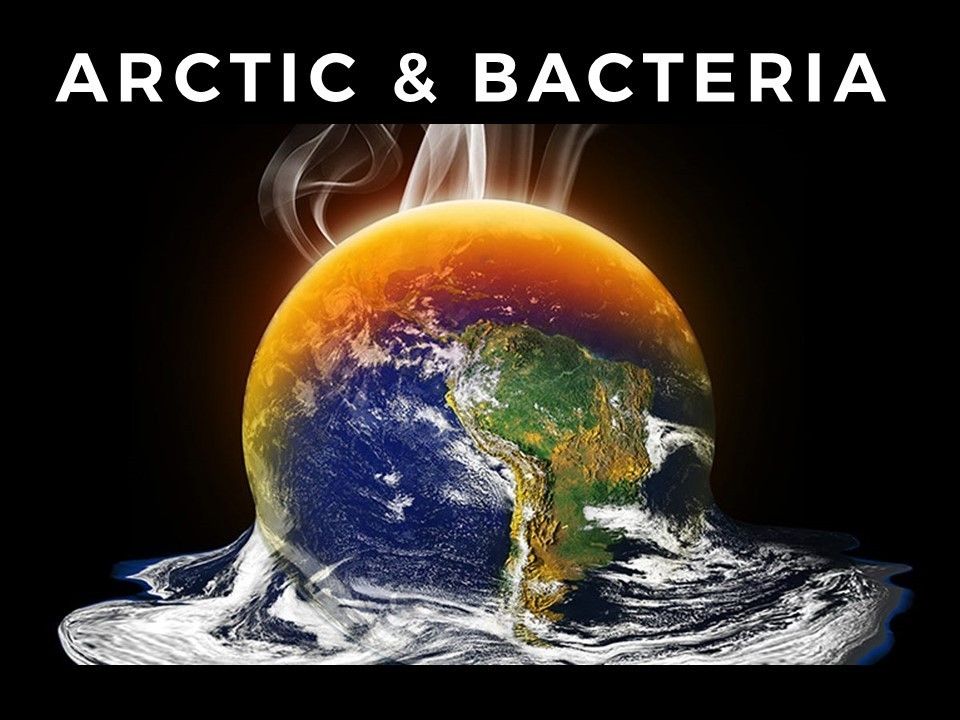CRYOVULCAN - Vulnerability of carbon in Cryosols – substrate-microorganisms-aggregate interactions
(Co)investigator from the Department: Jiří Bárta
Funding provider: Grantová agentura České republiky
Duration: 2020 - 2022
Project description:
Permafrost thawing is likely the most important natural process that may translocate carbon (C) from terrestrial ecosystems to the atmosphere as response to global warming, thus initiating a positive feedback to climate change. While several estimates on C losses have been made for the next decades, major processes in soil development after permafrost thawing have not been accounted yet. Depending on ice richness and soil drainage, permafrost degradation can result in wetter or drier conditions.
Contrasting environmental conditions evolving under these scenarios will critically influence biotic-chemical processes shifting the microbial community composition, leading to different organic matter (OM) decomposition and potential OM stabilization processes. Based on a conceptual framework on permafrost thaw under dry and wet scenario, the main objective of CRYOVULCAN is to comparatively investigate OM decomposition and stabilization under these two scenarios. Our main hypothesis is that chemical and biological attenuation processes will partly compensate for the organic carbon (OC) losses caused by permafrost thaw. Under (1) a dry, oxic "rusty" scenario we hypothesize chemical and biological stabilization processes to be more pronounced, leading to aggregation and mineral-organic associations and partly compensate for the OC losses. Under (2) a wet, anoxic "pale" scenario low oxygen likely leads to a reduction of the microbial ability to decompose particularly lignin due to less efficient laccases and peroxidases of anaerobes. We have assembled a Czech-German interdisciplinary consortium with complementary expertise in soil science, soil microbiology and metagenomics, which will face the challenge by a unique combination of field and laboratory experiments. In the field, our studies are based on a comparison of intact permafrost soils with soils undergoing degradation under the two contrasting scenarios. Employing state-of-the art molecular, biomarker and spectroscopic techniques, the response of the microbial community composition, extracellular enzymes, metatranscriptomes on the different soil environmental conditions and the respective stabilization of OM species in the soils will be investigated. An in-situ 13C labeling experiment will further inform about the microbial utilization and fate of fresh substrate, depending on the environmental condition. Finally, specific incubation experiments will identify the impact of freeze-thaw cycles in OM processing, as well as the role of increasing root exudation in the formation of mineral-organic complexes in the dry scenario and the lignin decomposition potential in the wet scenario.
CRYOVULCAN will thus contribute to the urgently needed knowledge on the effect of the soil hydrological regime on OM stabilization in degraded permafrost soils, which will control the magnitude of greenhouse gases release to the atmosphere in a warmer world.
Permafrost thawing is likely the most important natural process that may translocate carbon (C) from terrestrial ecosystems to the atmosphere as response to global warming, thus initiating a positive feedback to climate change. While several estimates on C losses have been made for the next decades, major processes in soil development after permafrost thawing have not been accounted yet. Depending on ice richness and soil drainage, permafrost degradation can result in wetter or drier conditions.
Contrasting environmental conditions evolving under these scenarios will critically influence biotic-chemical processes shifting the microbial community composition, leading to different organic matter (OM) decomposition and potential OM stabilization processes. Based on a conceptual framework on permafrost thaw under dry and wet scenario, the main objective of CRYOVULCAN is to comparatively investigate OM decomposition and stabilization under these two scenarios. Our main hypothesis is that chemical and biological attenuation processes will partly compensate for the organic carbon (OC) losses caused by permafrost thaw. Under (1) a dry, oxic "rusty" scenario we hypothesize chemical and biological stabilization processes to be more pronounced, leading to aggregation and mineral-organic associations and partly compensate for the OC losses. Under (2) a wet, anoxic "pale" scenario low oxygen likely leads to a reduction of the microbial ability to decompose particularly lignin due to less efficient laccases and peroxidases of anaerobes. We have assembled a Czech-German interdisciplinary consortium with complementary expertise in soil science, soil microbiology and metagenomics, which will face the challenge by a unique combination of field and laboratory experiments. In the field, our studies are based on a comparison of intact permafrost soils with soils undergoing degradation under the two contrasting scenarios. Employing state-of-the art molecular, biomarker and spectroscopic techniques, the response of the microbial community composition, extracellular enzymes, metatranscriptomes on the different soil environmental conditions and the respective stabilization of OM species in the soils will be investigated. An in-situ 13C labeling experiment will further inform about the microbial utilization and fate of fresh substrate, depending on the environmental condition. Finally, specific incubation experiments will identify the impact of freeze-thaw cycles in OM processing, as well as the role of increasing root exudation in the formation of mineral-organic complexes in the dry scenario and the lignin decomposition potential in the wet scenario.
CRYOVULCAN will thus contribute to the urgently needed knowledge on the effect of the soil hydrological regime on OM stabilization in degraded permafrost soils, which will control the magnitude of greenhouse gases release to the atmosphere in a warmer world.
